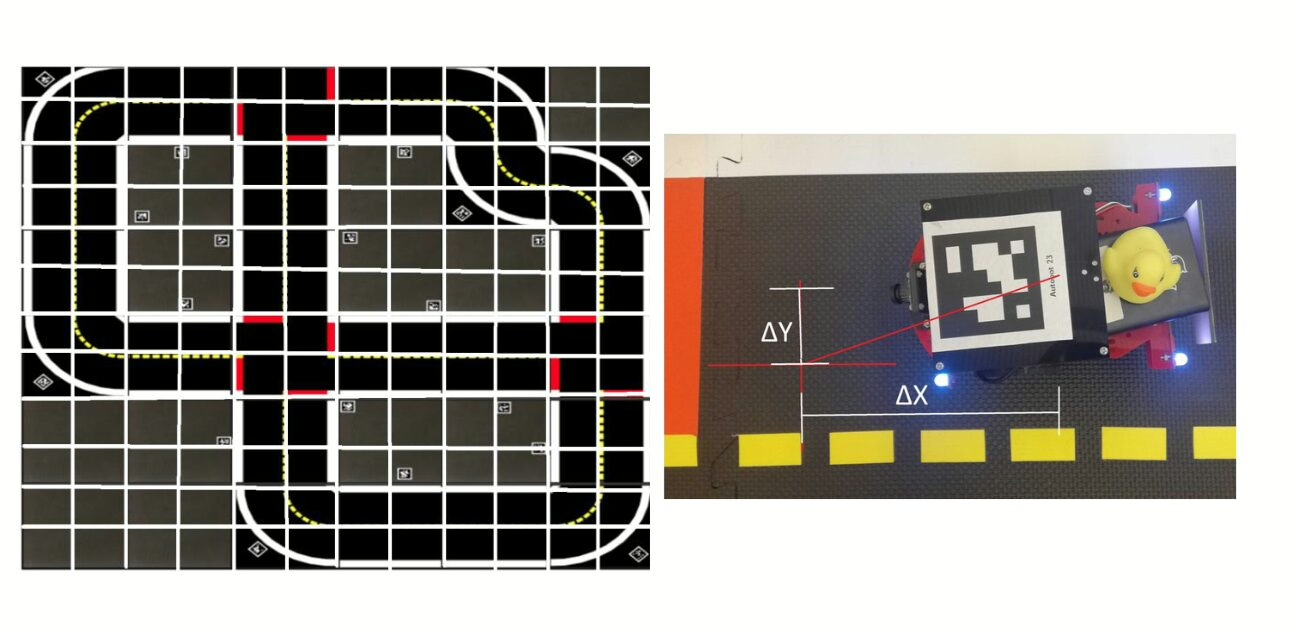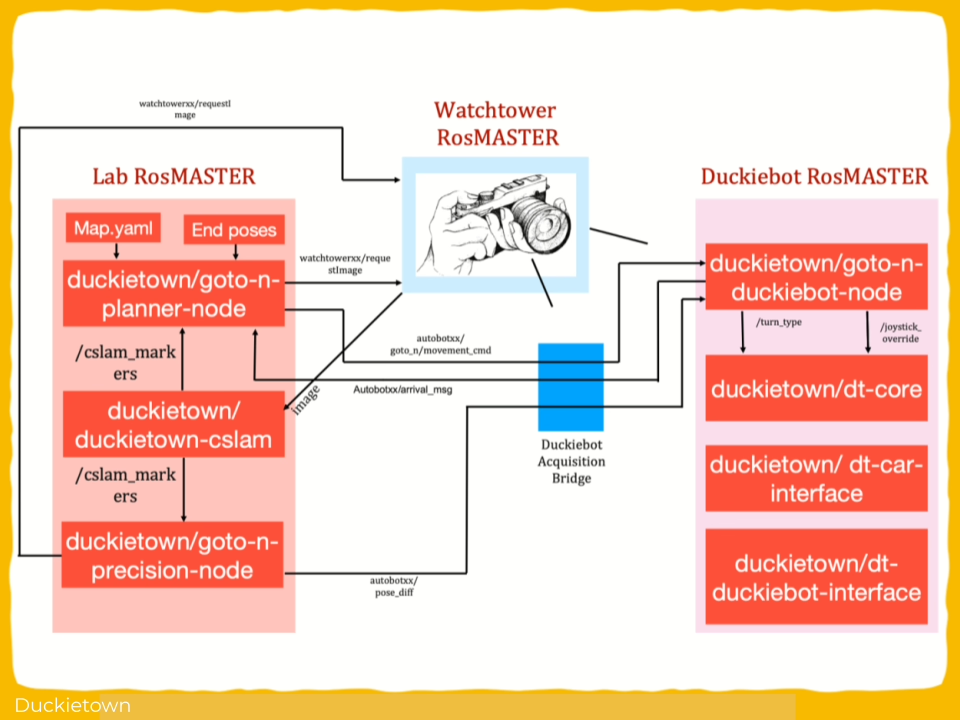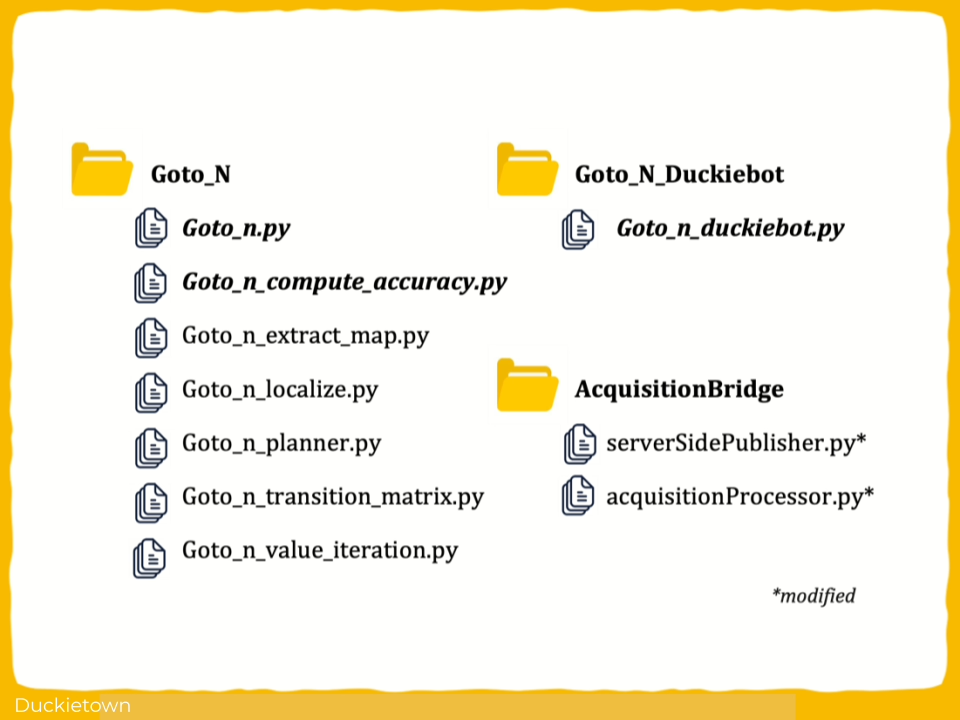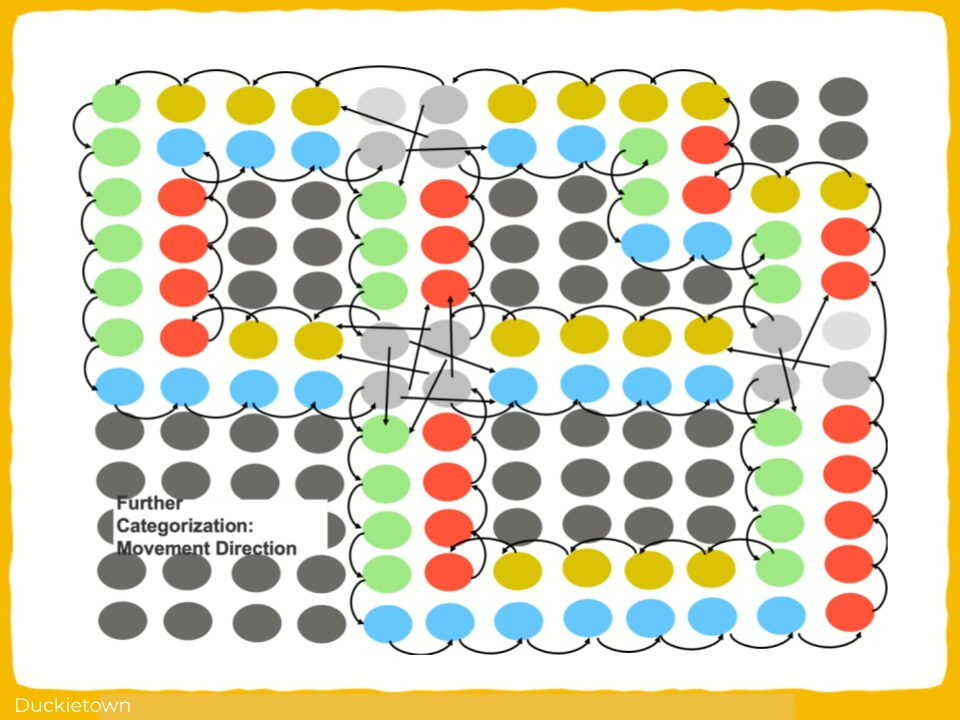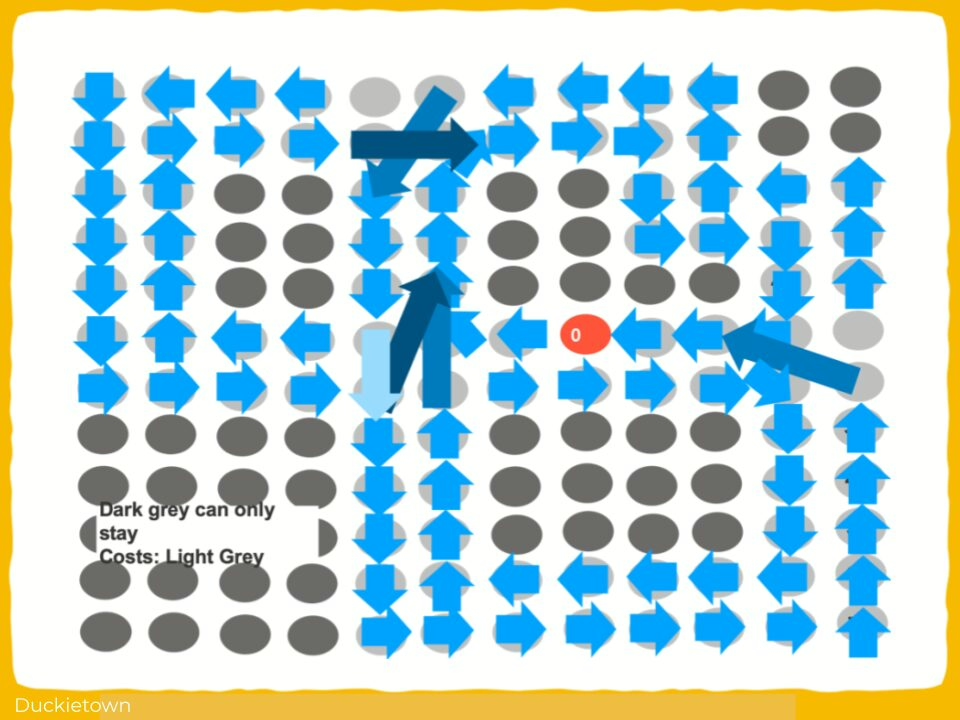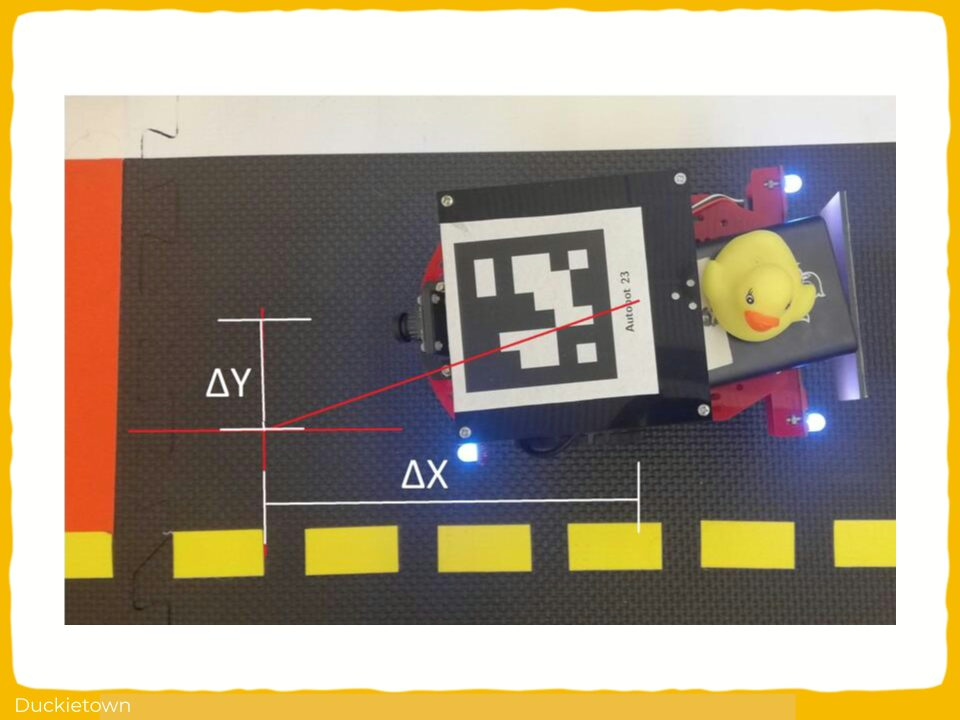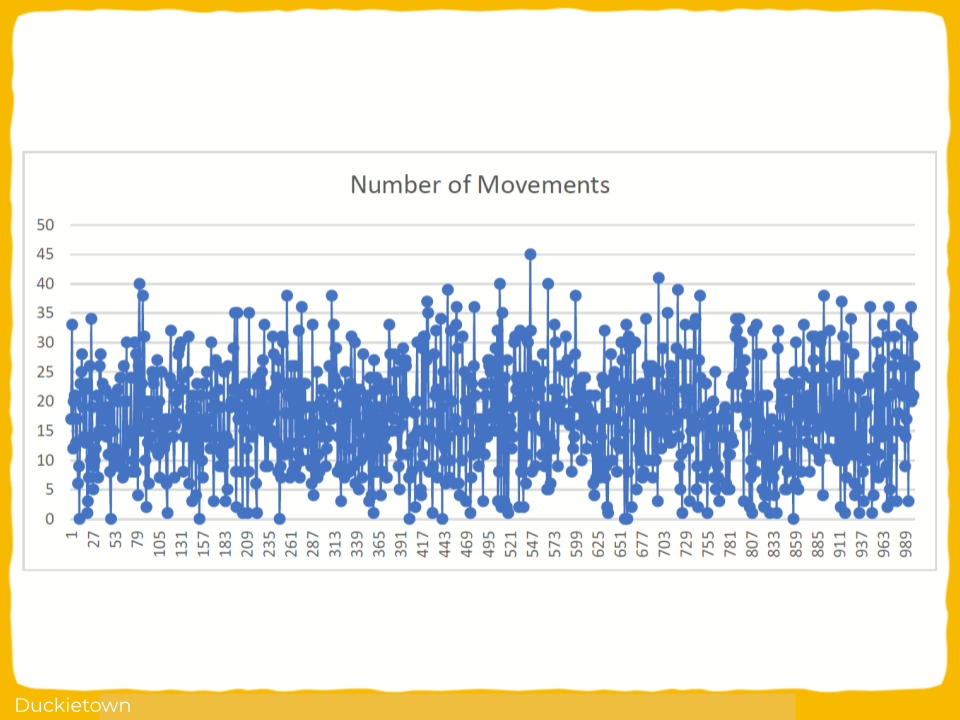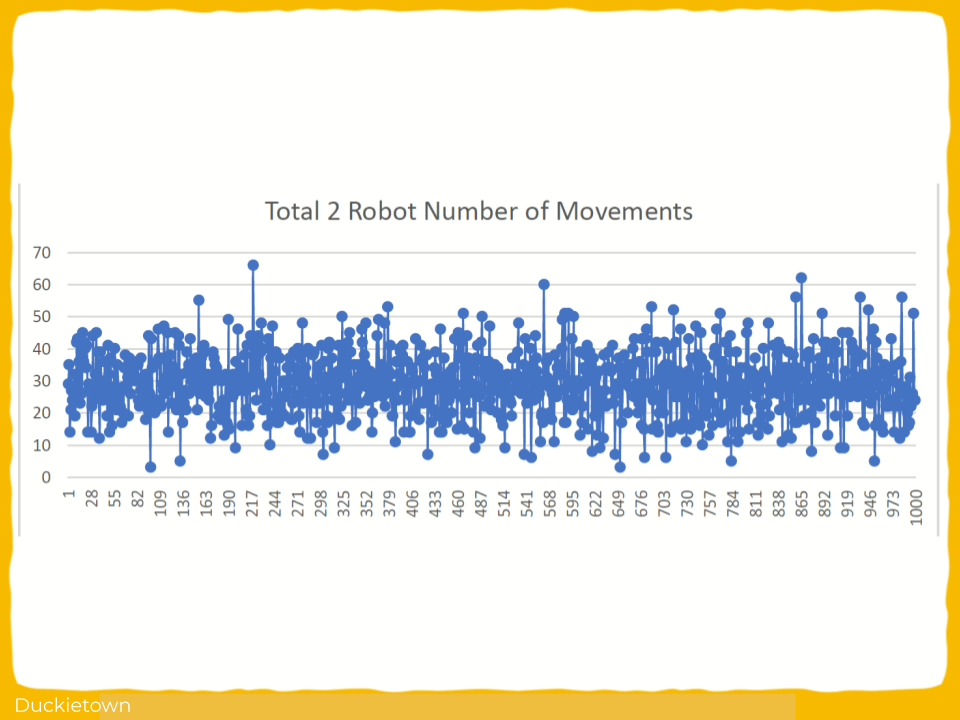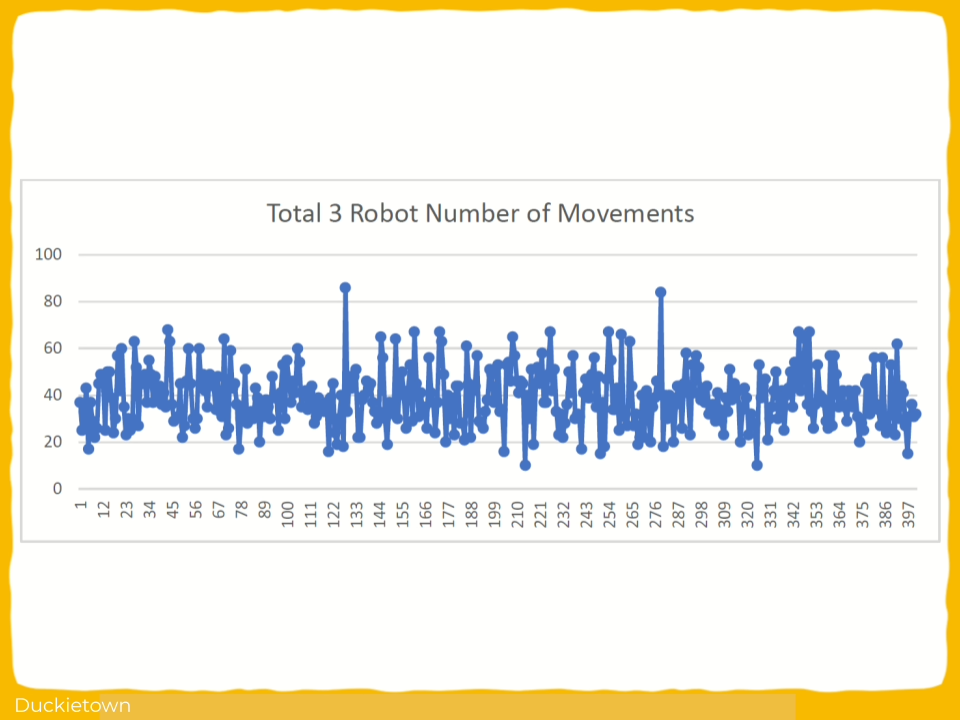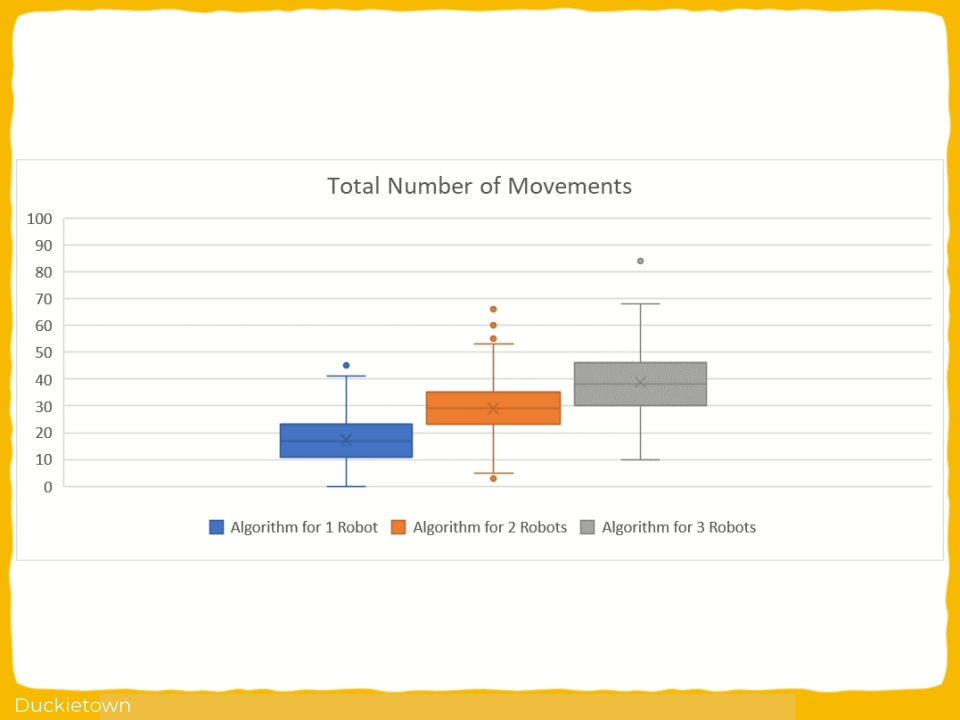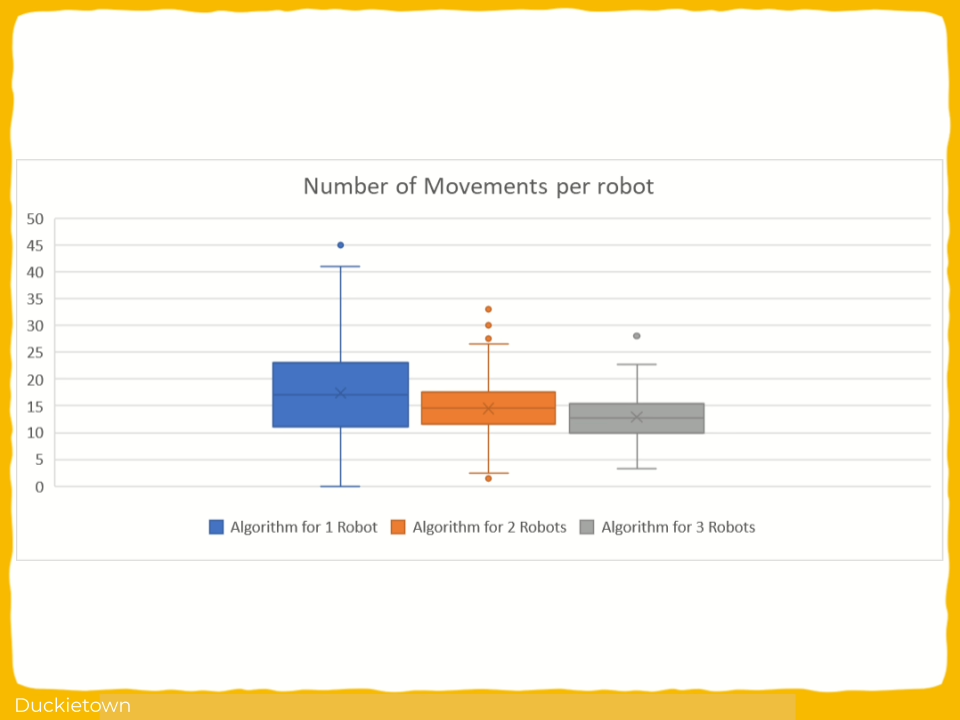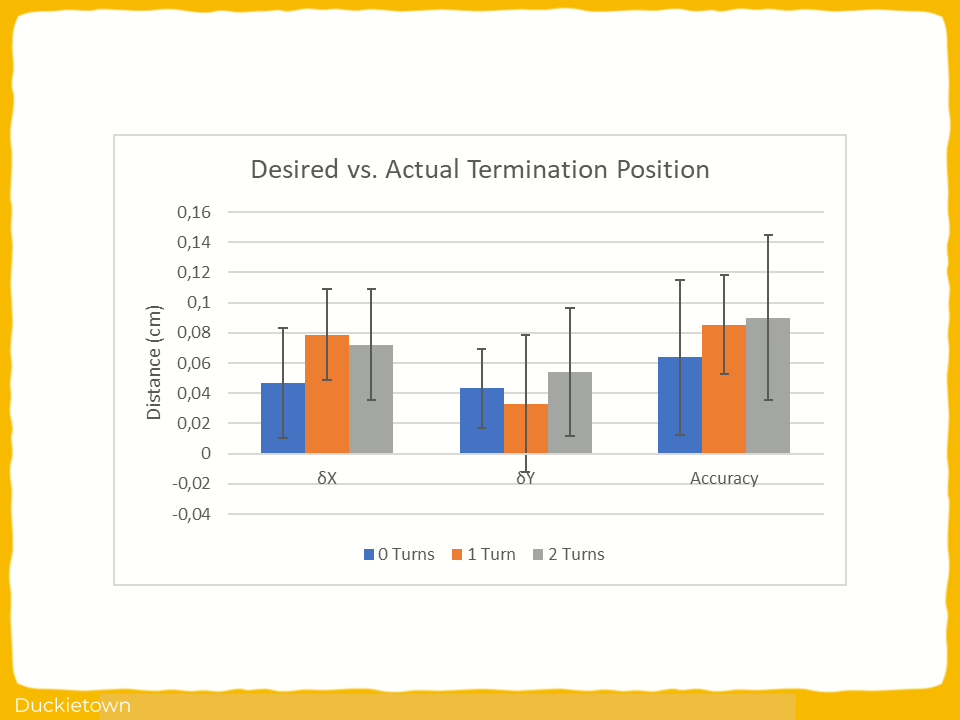Path Planning for Multi-Robot Navigation in Duckietown
Project Resources
- Objective: Design a scalable and optimal path planning system for autonomous robot navigation in Duckietown.
- Approach: Implemented a nodegraph-based path planning algorithm that maps quarter-tile nodes and calculates efficient movement sequences for robots.
- Authors: Alexander Hatteland, Marc-Philippe Frey, Demetris Chrysostomou
Project highlights
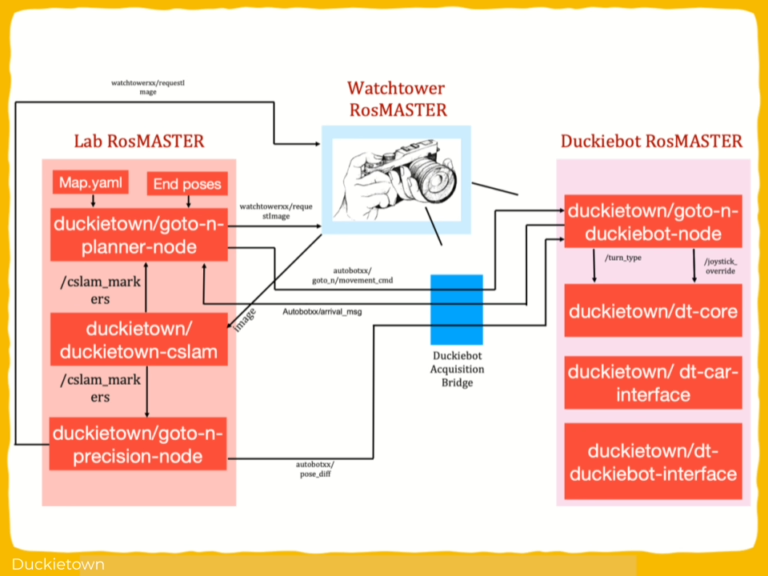
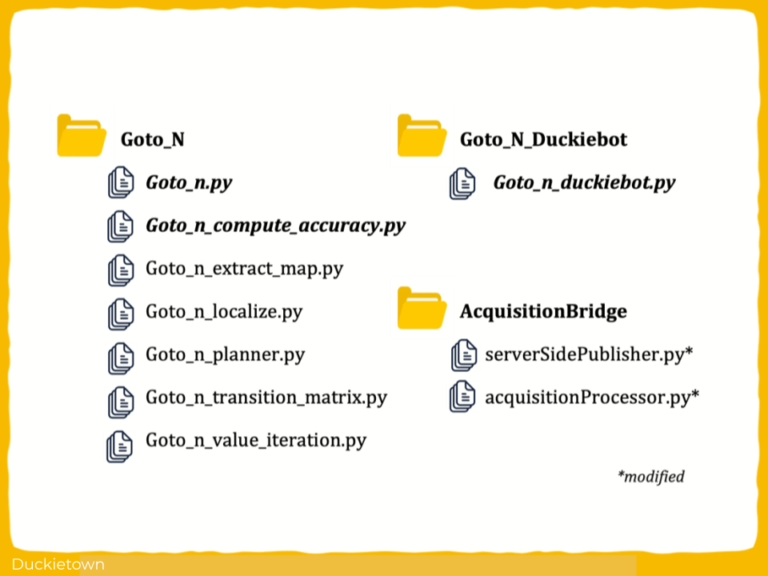
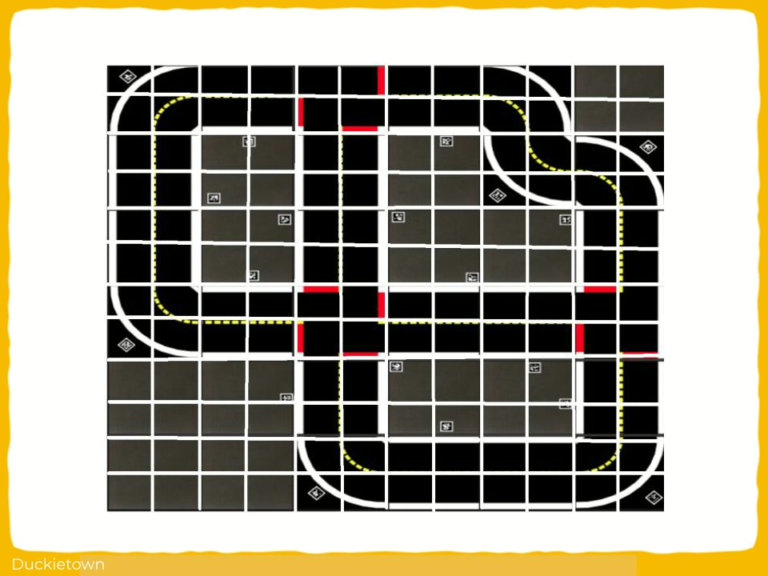
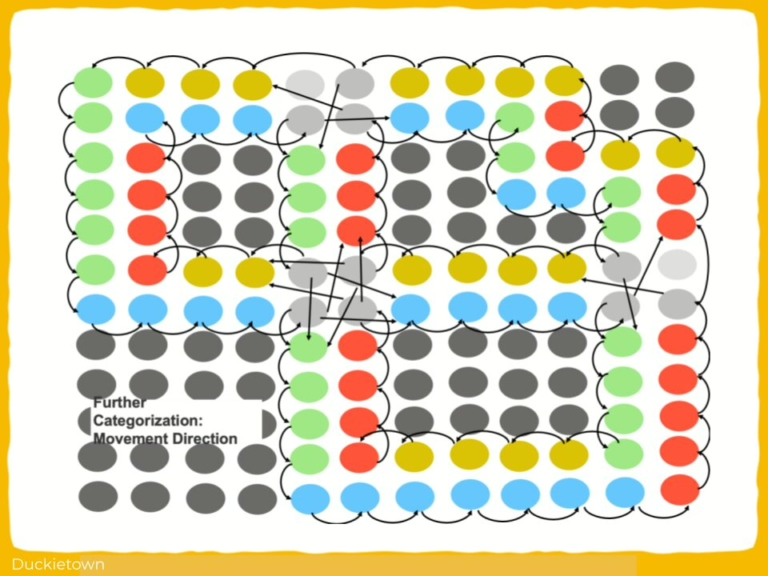
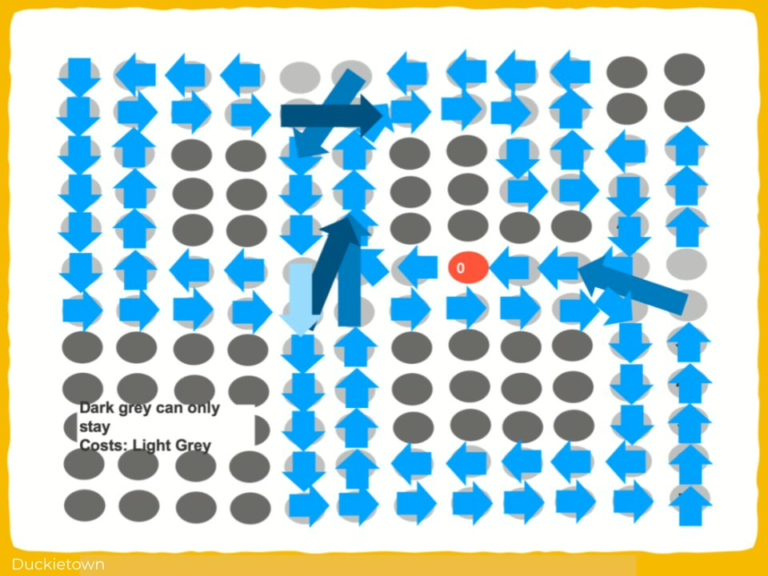
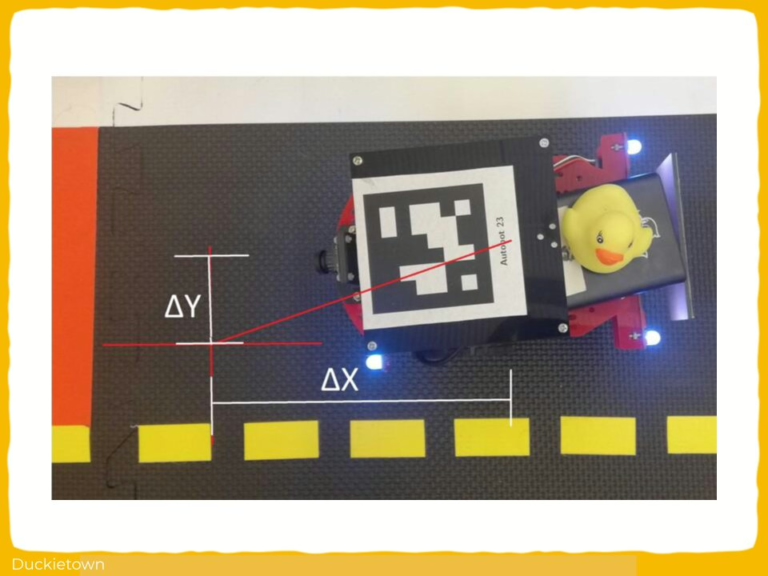
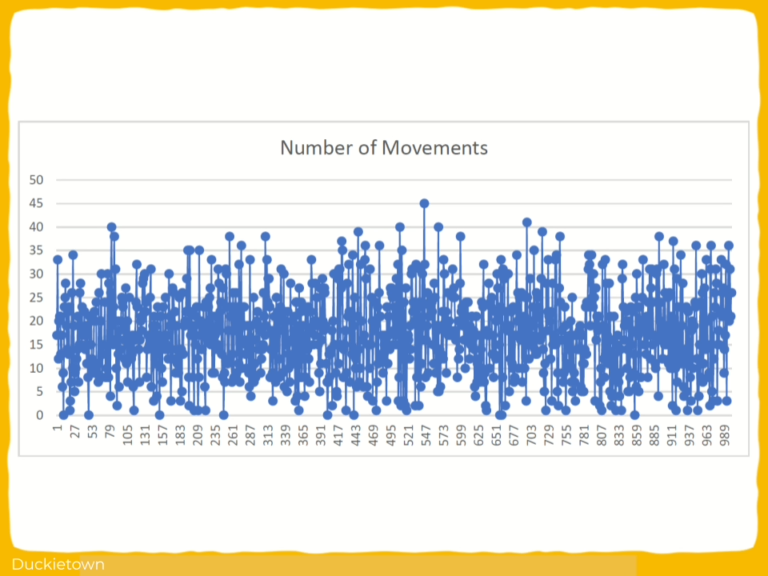
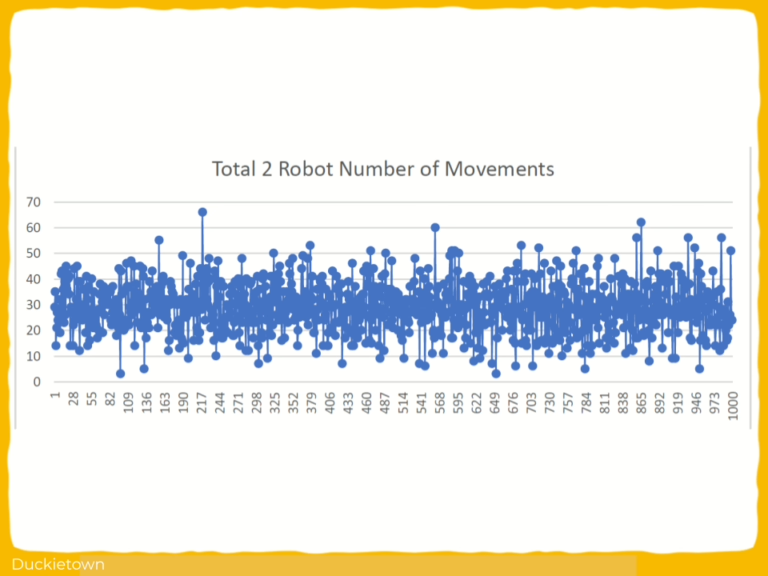
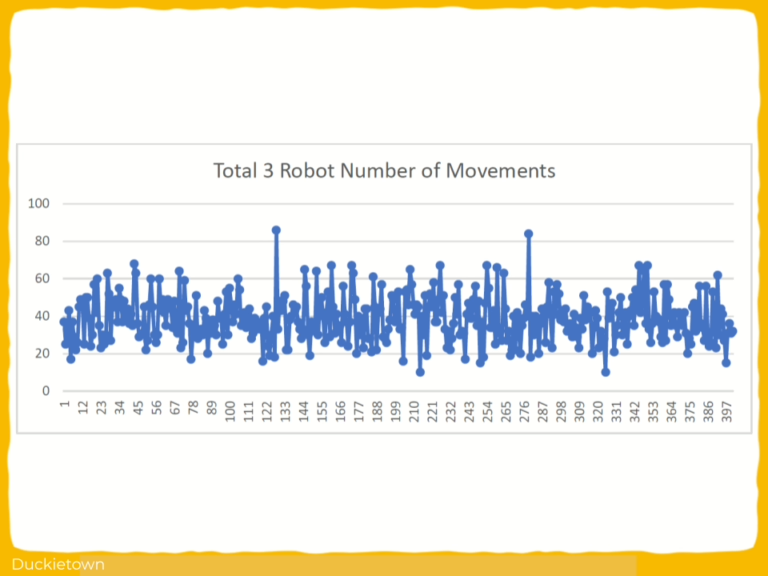
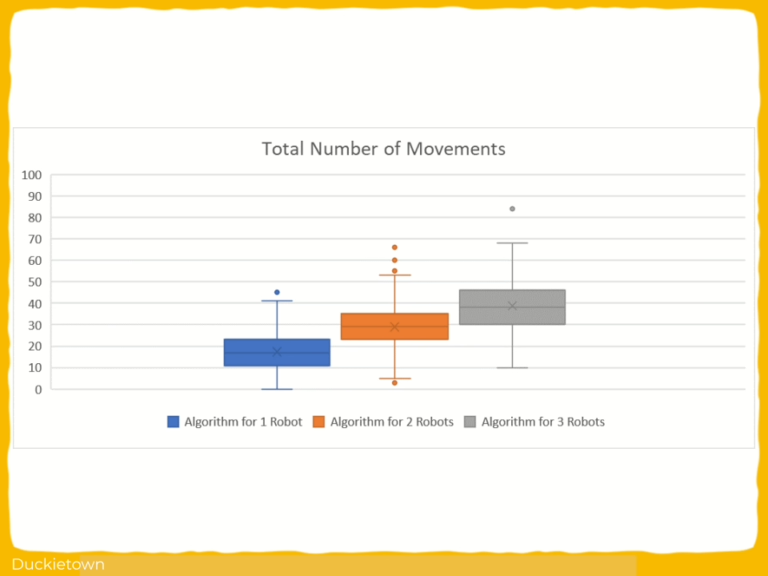
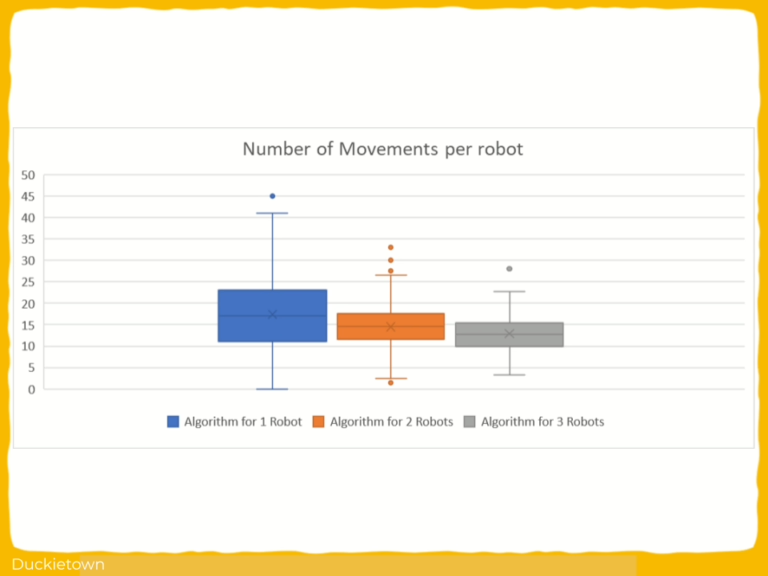
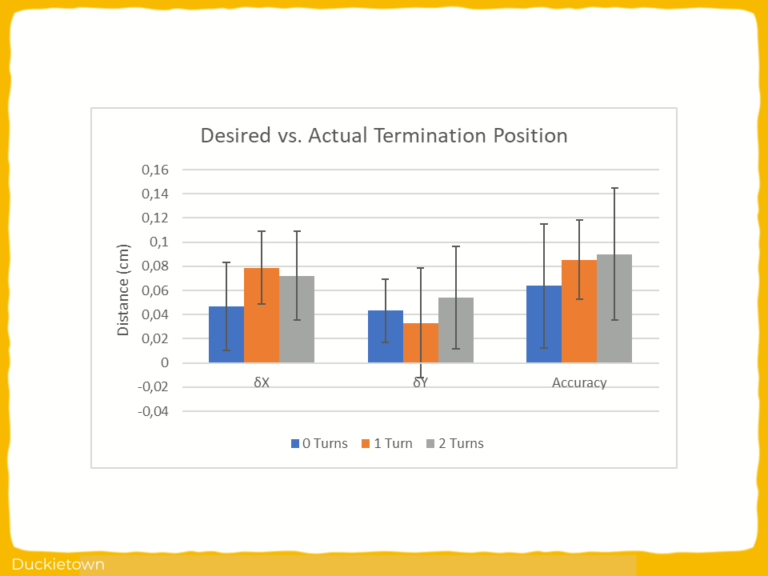
Path planning for multi-robot navigation in Duckietown - the objectives
Navigating Duckietown should not feel like solving a maze blindfolded!
The “Goto-N” path planning algorithm gives Duckiebots the map, the plan, and the smarts to take the optimal path from here to there, without wandering around by turning the map into a graph and every turn into a calculated choice.
While Duckiebots have long been able to follow lanes and avoid obstacles, truly strategic navigation, thinking beyond the next tile, toward a distant goal, requires a higher level of reasoning. In a dynamic Duckietown, robots need more than instincts. They need a plan.
This project introduces a node-based path-planning system that represents Duckietown as a graph of interconnected positions. Using this abstraction, Duckiebots can evaluate both allowable and optimal routes, adapt to different goal positions, and plan their moves intelligently.
The Goto-N project integrates several key concepts like:
- Nodegraph representation: transforms the tile-based Duckietown map into a graph of quarter-tile nodes, capturing all possible robot positions and transitions.
- Allowable and optimal move generation: differentiates between all legal movements and the most efficient moves toward a goal, supporting informed decision-making.
- Termination-aware planning: computes optimal actions relative to a chosen destination, enabling precise goal-reaching behaviors.
- Multi-robot scalability: validates the planner across one, two, and three Duckiebots to assess coordination, efficiency, and performance under shared conditions.
- Real-world implementation and validation: demonstrates the effectiveness of Goto-N through trials in the Autolab, comparing planned movements to real robot behavior.
The challenges and approach
Navigating Duckietown poses several technical challenges: translating a continuous environment into a discrete planning space, handling edge cases like partial tile positions, and enabling efficient coordination among multiple autonomous agents.
The Goto-N project addresses these by discretizing the Duckietown map into a graph of ¼-tile resolution nodes, capturing all possible robot poses and orientations.
Using this representation, the system classifies allowable moves based on physical constraints and tile connectivity, then computes optimal moves to minimize distance or steps to a termination node using heuristics and precomputed lookup tables.
A Python-based pipeline then ingests the map layout, builds the nodegraph, and generates movement policies, which are then validated through simulated and physical trials. The system scales to multiple Duckiebots by assigning independent paths while analyzing overlap and bottlenecks in shared spaces, ensuring robust, efficient multi-robot planning.
Path planning (Goto-n) in Duckietown: full report
The design and implementation of this path planning algorithm is documented in the following report.
Path planning (goto-n) in Duckietown: Authors
Alexander Hatteland is currently working as a Consultant at Boston Consulting Group (BCG), Switzerland.
Marc-Philippe Frey is currently working as a Consultant at Boston Consulting Group (BCG), Switzerland.
Demetris Chrysostomou is currently a PhD candidate at Delft University of Technology, Netherlands.
Learn more
Duckietown is a modular, customizable, and state-of-the-art platform for creating and disseminating robotics and AI learning experiences.
Duckietown is designed to teach, learn, and do research: from exploring the fundamentals of computer science and automation to pushing the boundaries of knowledge.
These spotlight projects are shared to exemplify Duckietown’s value for hands-on learning in robotics and AI, enabling students to apply theoretical concepts to practical challenges in autonomous robotics, boosting competence and job prospects.

